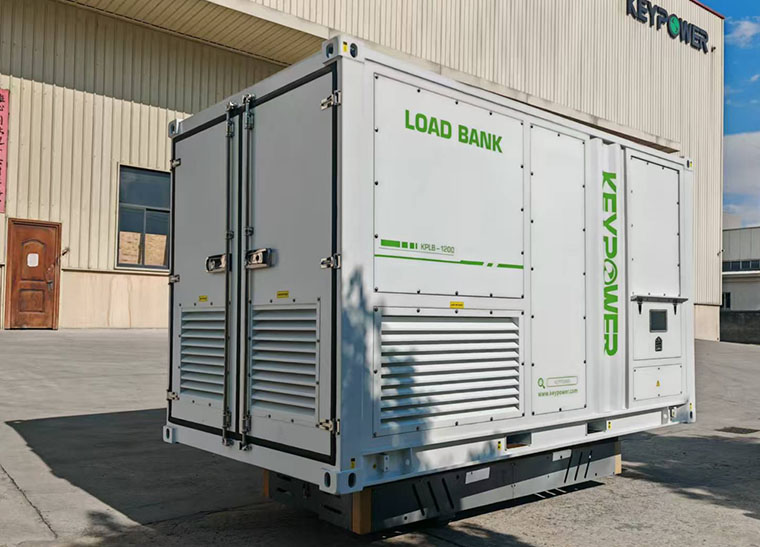Introduction
Load banks are essential tools in the world of power systems, yet many people don’t understand their role. Let’s explore what load banks are, how they work, and why they’re crucial for maintaining reliable electricity.
What is a Load Bank?
A load bank (also known as “LOAD BANK” or “dummy load”) is a specialized power testing device designed to mimic real-world electrical loads. It’s used to test generators, uninterruptible power supplies (UPS), and other electrical systems under controlled conditions.
Core Purpose
Load banks help evaluate a power system’s performance by:
- Simulating varying loads (e.g., 25%, 50%, 100% capacity).
- Measuring efficiency, stability, and response times.
- Identifying weaknesses before real-world failures.
How Load Banks Work
- Internal Components: Resistors or reactive elements (inductors/capacitors) absorb electrical energy.
- Control System: Adjusts load levels manually or automatically.
- Monitoring: Real-time data on voltage, current, power factor, and temperature.
Key Benefits
- Preventive Maintenance: Early detection of issues saves downtime and costs.
- Capacity Validation: Ensure systems meet specified power demands.
- Regulatory Compliance: Required for safety certifications in industries like healthcare and data centers.
Real-world Applications
- Testing backup generators in hospitals.
- Verifying UPS resilience in data centers.
- Commissioning new power installations.
Conclusion
Load banks are silent heroes of power infrastructure, ensuring that critical systems are ready when needed. Understanding them empowers professionals to maintain safer, more reliable electricity networks.
Post time: Sep-09-2025





